I Won’t Accept Unequal Treatment in the Family Business

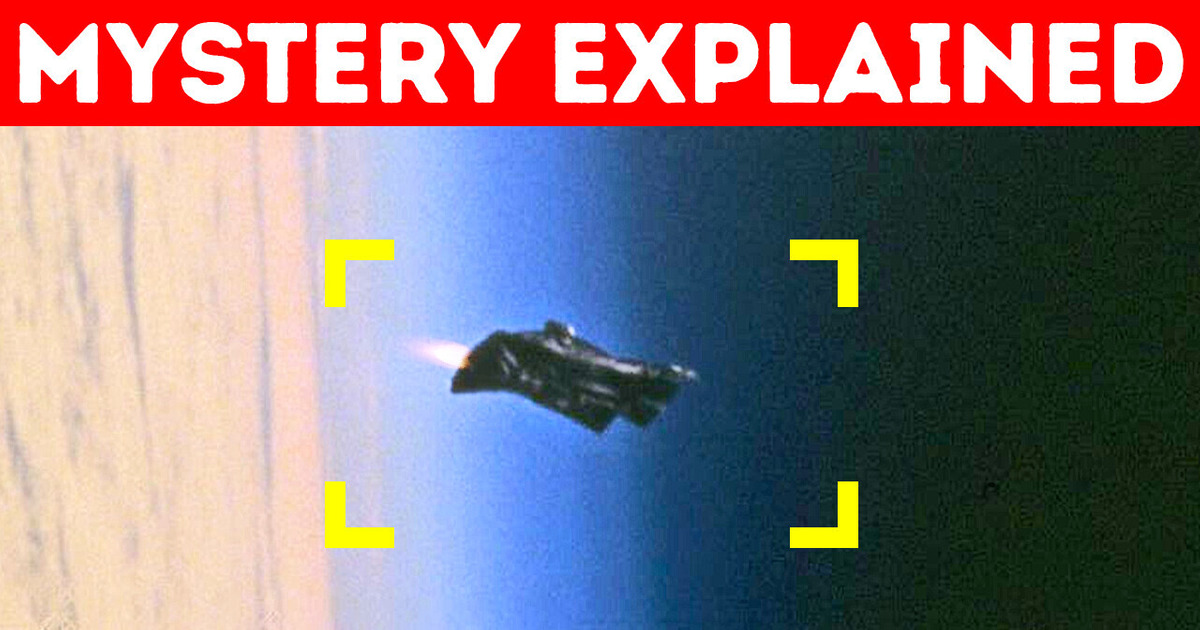
The legend of the Black Knight Satellite tells us that a spaceship of extraterrestrial origin has been orbiting Earth for many, many years. Sounds crazy, right? But over the years, the supporters of this theory have gathered a lot of evidence to prove it. So let’s look at it and judge for ourselves.
1899. Famous scientist Nikola Tesla built a giant tower in his laboratory in Colorado Springs. This tower was supposed to allow him to study atmospheric electricity and wireless energy. Everything went fine until, one day, he discovered something unexpected. The tower began to catch a signal that seemed to be artificial.
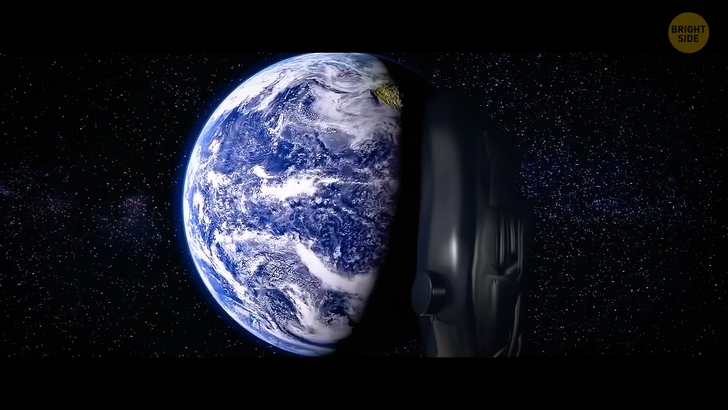
At first, Tesla thought that the signal was coming from somewhere in the atmosphere. But it turned out that it had been coming from an even greater height — from outer space! Tesla decided that this signal was sent by some extraterrestrial life. However, the scientific community ignored his theory. Although they respected Tesla’s genius, they still considered him to be a weirdo.
But a few years later, Tesla’s reports were confirmed. The inventor of the wireless radio, Guglielmo Marconi, intercepted similar signals. Then, in 1927, Norwegian radio engineer Jørgen Hals noticed something unusual. When he sent signals at a certain wavelength, they were sent back to him a few seconds later.
At first, he thought it could be an ordinary radio echo. It’s not uncommon for short radio waves to bounce between Earth and the stratosphere. This phenomenon is called “propagation.” But usually, this happens very quickly — in about 1/7 of a second after the original transmission. However, the signals that Hals received took about 15 seconds to get back.
They also didn’t match the radio echo people were used to. The engineer wasn’t the only one to witness this phenomenon. Many radio enthusiasts discovered and confirmed these signals. But no one found any explanation. So... what was it? Could Tesla have been right this whole time?
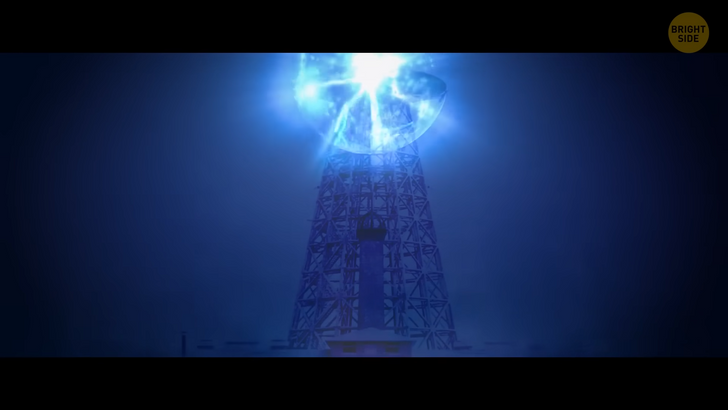
Let’s unpack this. First of all, the signals did exist, and they’ve been documented by many people. However, Tesla and Marconi’s signals and Hals’ echoes are completely different things. In reality, Tesla and Marconi caught signals coming from pulsars. Pulsars are rapidly rotating neutron stars. Those get born when stars greater than our Sun finish their life cycle.
After that, they become neutron stars and receive such a strong impulse that they begin to rotate at an insane speed. At the same time, the radio waves pulsars emit reach very far — as far as our planet. Pulsars were discovered only in 1968. So it’s not surprising that Tesla and Marconi couldn’t explain the data they had received. But what about Jørgen Hals?
What he discovered is now known as LDEs — or long-delayed echoes. It’s a more complicated concept because, to be honest, these echoes still remain a mystery. Scientists suggest that LDEs may be caused by something in Earth’s atmosphere. Or they might be reflected from the Sun’s plasma clouds or even from the Moon. Unfortunately, we don’t know the truth yet. The next incident took place in 1960.
The New York Times published an article which said, “An unidentified, silent satellite has been discovered circling Earth in a near-polar orbit by United States tracking stations. The identity and origin of the mysterious satellite, which has been dubbed ‘the dark satellite,’ are unknown despite nearly two weeks of tracking.” Many people believed that this must be the famous Black Knight Satellite. However, later, scientists confirmed that it was actually the remnants of a regular satellite that had gone astray. “It malfunctioned, and the thrusters sent it in the wrong direction,” they claimed.
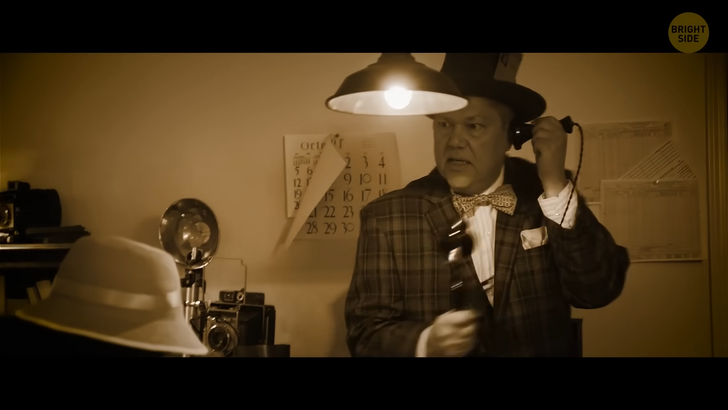
Anyway, this whole story led to renewed interest in the Black Knight Satellite. Astronomers all over the world started claiming to have observed it. Almost any strange celestial object could become “the famous dark spaceship.” But up to this point, all the photos and data about the Black Knight Satellite have come from observatories on Earth.
To prove or disprove its existence, people needed some witnesses in orbit. Gordon Cooper was a pilot and one of the first astronauts in human history. In 1963, he took part in the longest American space mission at that time, Mercury-Atlas 9. During the flight, he discovered “some strange green object,” possibly of extraterrestrial origin, in front of his module. He then told his crew on Earth about that.
NBC News picked up on the news and tried to interview Cooper about it. But strangely, neither NASA’s mission transcripts nor Cooper seemed to give much importance to this fact. As if that didn’t happen at all. Later, the official NASA’s explanation was, “There was an electronic malfunction on Cooper’s craft. It led to increased levels of carbon dioxide, which, in turn, caused Cooper to hallucinate.”
Cooper agreed with this version. Maybe it’s just a curious coincidence that when he retired, he became interested in searching for extraterrestrial life. But even if we assume that all this is true and there is some mysterious spaceship in Earth’s orbit — what do they want from us? Why would they be watching us?
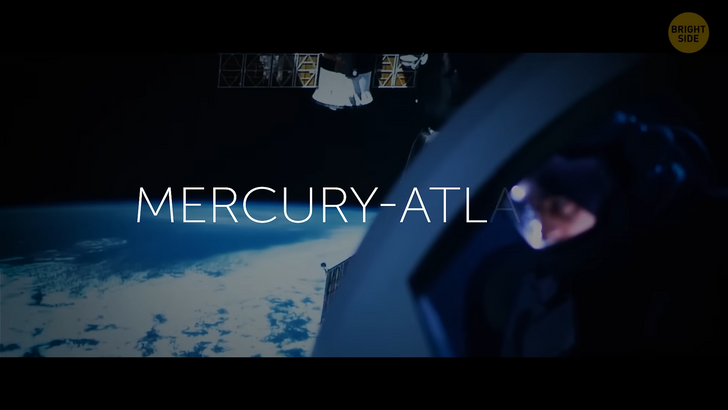
In 1973, Duncan Alasdair Lunan, a Scottish researcher, decided to investigate this. He gathered all the data on LDEs collected by Norwegian scientists and began to study it. Suddenly, he noticed some deviations that could hide a code. He arranged the data into a graph, where one axis meant the delay in time between the echoes, and the other — the position of the echo in the sequence.
It turned out to be a collection of dots, which looked like some sort of a space map. Namely, the map of the constellation Boötes. Lunan began to analyze the echoes recorded by French astronomers in 1929. Again, he got the same constellation.
But one of the stars was in a slightly different place. Lunan then thought, “What if it’s actually a star map from the past?” After “rewinding the time,” Lunan finally got the whole picture. He discovered that this was how the constellation looked 13,000 years ago. Which probably meant that “they” could have been watching us for thousands of years!
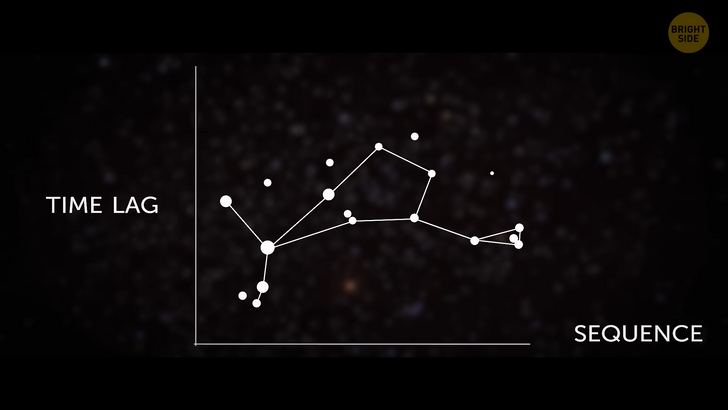
In 1973, Lunan gave an interview to the British magazine Spaceflight. He said that he had deciphered the radio message hidden in the LDEs. Here’s what it said, “Start here. Our home is Upsilon Boötis, which is a double star. We live on the sixth planet of seven, coming from the sun, which is the larger of the two. Our sixth planet has one moon. Our fourth planet has three. Our first and third planets each have one. Our probe is in the position of Arcturus, known in our maps.”
Ugh, goosebumps. But even though these reports were published in the New York Times, Time, and other well-known magazines, no one really took this topic seriously. Unfortunately, Lunan’s theory wasn’t really backed up by any evidence. Later, he withdrew it himself, saying that he had made “obvious mistakes” and that his methods had been “unscientific.” According to him, he had just been making guesses about what these signals might mean.
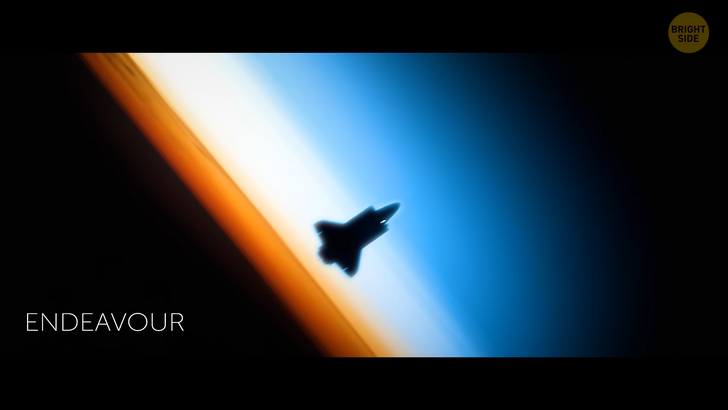
And finally, the last part of our story. This photo. On December 4, 1998, the Endeavour spacecraft embarked on the STS-88 mission. This was the first mission to the International Space Station. And then, on December 11, NASA took and published a series of images where you could clearly see an unusual object in Earth’s orbit. These photos were immediately picked up by the public.
Everyone thought it was the Black Knight Satellite, which had been discussed for years. Had it finally been found after 100 years of speculation? But, as usual, the truth turned out to be much more boring. During the mission, one of the astronauts was installing a thermal cover. But the coating was poorly fixed. It broke off and flew away. The photos were taken just to document this event.
“The Black Knight” is a very interesting legend. You can dig into it for hours, looking for new information and evidence, and then watch it getting debunked. This story is a pile-up of many completely unrelated stories, reports, photos of real satellites, and so on. All this was mixed into one incoherent, illogical urban legend. Illogical but very fascinating indeed.











